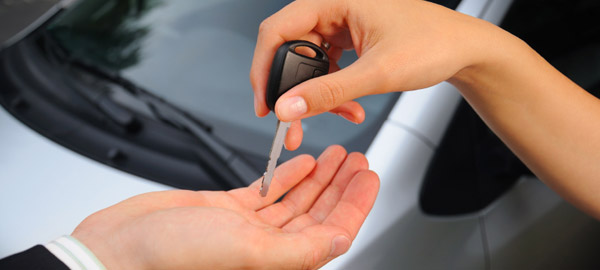How to Look After Your Lease Car

If you’re leasing a vehicle you actually have more of a responsibility and an incentive to look after it than you do if you buy it. You don’t own the car in any legal sense, and so you’re obliged to return it to the leasing company at the end of the term in a good condition. You must avoid excessive wear and tear – stained upholstery, dents, scratches and so on – or else you could face stiff penalties upon return.
If you’re about to lease a car, there are six ways in which you can make sure you treat it right so that you avoid a nasty shock when you hand it back over.
Imagine it’s a rental car
Think about how careful you are with a short-term hire car – you don’t let the kids drink blackcurrant squash in the back seats, you don’t park it under trees that are popular with birds… Your dealer expects it to be returned in as good a condition as it was when it went out – or you could be charged reconditioning fees. Pretend your lease car is a long-term hire car.

Examine the rules and the fine print
You shouldn’t sign a lease agreement without looking at the fine print, and this includes looking at what constitutes fair wear and tear and what is excessive. If your contract doesn’t spell it out, ask your leasing specialist for an addendum to the contract to make clear what they see as fair and excessive.
Keep your mileage under control
Unlike fair and excessive wear and tear, which might just give you a bit of wiggle room, your mileage is absolute. If you sign up to stay under 15,000 miles a year, you’ll be charged for the 15,001st mile and every mile thereafter! If you know you might exceed this – you like road trips or you’ll be using your Audi contract hire for business travel – then be upfront and negotiate more miles at the start. These agreed extra miles will be cheaper than the penalty miles.
Watch your tyres
If you look after your tyres from the start, you should be able to return them to the dealer in good condition, even after two or three years. Make sure they’re always at the right pressure, check them for nails and so on, make sure they’re aligned properly and if not, ask your dealer for a realignment.
Check the oil
You’ll be required to take the car back to the dealership once a year or so for maintenance and checks, including oil changes. Don’t neglect this, as newer engines tend to run hotter and if your oil is past its best, it’ll form sludge as a result, affecting the engine and possibly incurring a penalty for you.
Wax on, wax off
Treat the car like your own when it comes to the bodywork. Wash and wax it as often as you need to. Look at your environmental conditions, if you’re coastal, or the roads have been gritted, wash the underside frequently to prevent salt damage. Make sure you wax the car at least twice a year to help to protect the paint job.


